- [내 마음의 韓詩 379] 靑竹寒風/청죽한풍4682020.07.01
- [내 마음의 韓詩 380] 日沒/일몰5042020.07.02
- 내가 생각하는 서예가의 길 - 茂山 허회태7032020.07.04
- Independence Day 20204442020.07.06
- Lotus II3722020.07.06
내가 생각하는 서예가의 길 - 茂山 허회태
2020.07.04[Column]
My Calligraphic Way
Moosan Huh Hwe-Tae
What is calligraphy when poetry is a talking picture and painting is silent poetry?
Calligraphy is located in the middle of poetry-calligraphy-painting Siseohwa (詩書畵), which is often referred to as a bundle. Calligraphy is both painting and poetry, and poetry and painting. So, I think that it may act as a medium that connects poetry and painting by standing between two domains.
Poems shine as calligraphy and then become a painting. Calligraphy is a poem that speaks and a picture that speaks. I believe that when a calligraphy artist is not only a calligrapher but also a poet and painter, he can enrich his/her art world.
As in most arts such as literature, art, and music, calligraphy is filled with artisans' souls and life traits.
Poems are in thousand languages, paintings are in thousand colors, and music is in thousand strings with infinite expression tools, but calligraphy only has thickness and thinness of ink. There is only one point, one line of ink, richness, and dryness of ink, the thickness of the line, and the strength and weakness of the brush. There is no splendor here. Infinitely simple.
However, within its simplicity, there is infiniteness that surpasses a thousand words, colors, and sounds. Rather, in its simplicity, I find all kinds of words, colors, and notes.
When a person sits alone in an empty library and meditates on the sentence of Sigyung (詩經: Book of Poetry) before grounding an ink stick and brushing on paper, the calligrapher becomes a free man. At that time, only the black ink becomes azalea pink, and the peony of summer and the colorful colors of autumn chrysanthemum and winter camellia and the calligrapher can bring the flat language of poetry to the sensuous world of painting.
That's calligraphy and my work begins like that.
A single calligrapher is born after years of hard work. Most beginners in calligraphy will learn the spirit and technique through the handwritten manuscripts left by sage, or through the process of cultivating certain writing methods.
Efforts to find your own world while exploring the thoughts and uniqueness of calligraphy with a selective view of the classics are common to everyone, and I am no exception. For those who practice calligraphy, so that the ink does not dry out, the bones are getting thick in the smell of the ink and the smell of the book, and the character-scent and chi of books must naturally be absorbed in the body. My theory is that you can become an artisan who can pursue your own formative language by going through those practice processes.
I often order to myself that it is my fate that I should walk on the road that goes to the gold mine in only one way without wandering left and right side.
It is said that art comes when there is a wave of emotion in the heart. It means that when you observe things silently when inspiration arises from the object, it is the right time to lift up the brush.
It contains the meaning of silent sympathy Mukjiksimyung (默識心融), which imitates the harmony of nature outside and obtains it from the source of the heart. Depending on how you look deeply into the essence of calligraphic art, and how you project the soul of the artist, your work may become alive or dead.
It is not fair for the artist to discuss his or her own world of artwork. It's easy to be a self-sufficient, so it's up to only the critics. However, I have reconsidered the value of the thought I value here and the universal framework.
Just as there is a saying that the heart of initiation is the beginning of recognition in Buddhism, the way of a calligrapher who always thinks that there is only a way to go back to the beginning, to ground black ink, again and again, to write on and write on the drawing paper, and to think and think more to be.
Chae Geun-dam (Cai Gen Tan) said, "The people of the world only knew how to read Yujaseo (有字書, books with letters), but they didn't know how to read Mujaseo (無字書, books without letters), and only knew how to play Yuhyungeum (有絃琴, a lyre with strings), but they did not know how to play Muhyungeum (無絃琴, a lyre without strings).
Chae Geun-dam, scolding the people of the world for not knowing the spirit, but chasing only the shell and trying to know the true taste of a lyre and a book, added, "Hearing through the sound is not good as listening in the silence, and enjoying the appearance is not good as like enjoying in the disappearance.”
Seo Hwa-dam's aphorism that art is not done with the ears but with the heart is still far from me.
Translated by Solti
July 4th, 2020

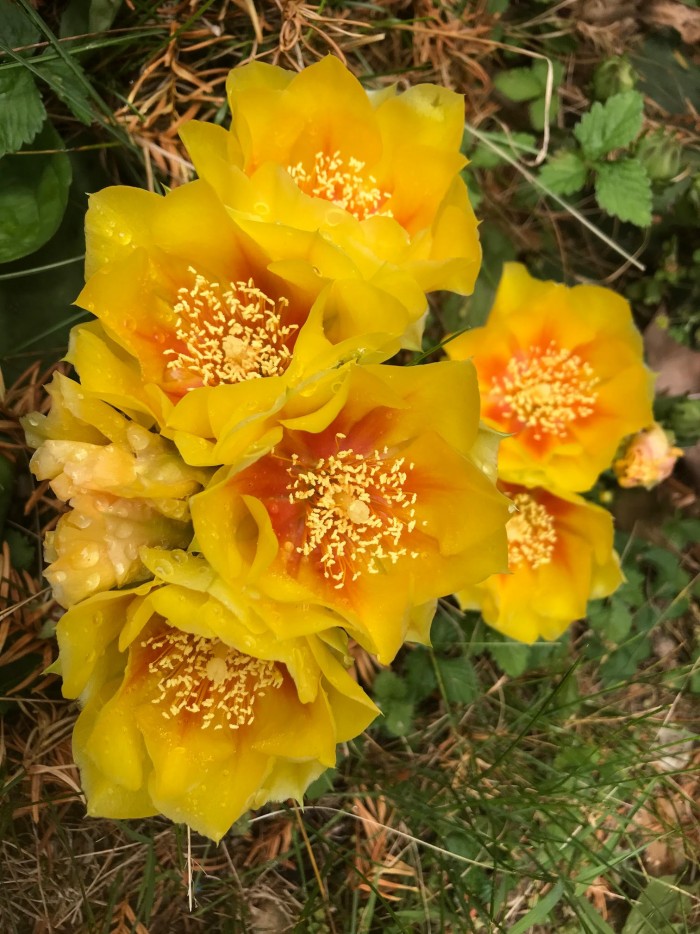





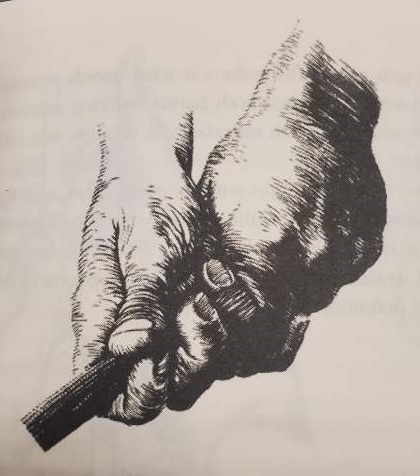 GOLF LESSONS 골프레슨 그립 GRIP 라하브라 오렌지 카운티 플러튼 세리토스
GOLF LESSONS 골프레슨 그립 GRIP 라하브라 오렌지 카운티 플러튼 세리토스
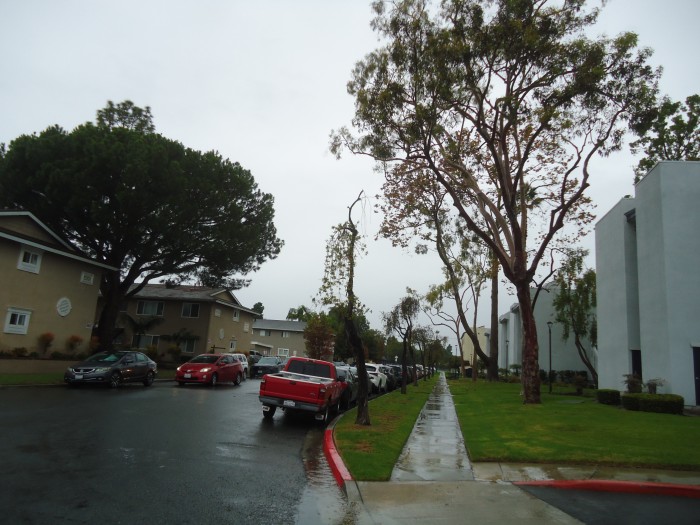 비가 와요. 하염없이~!
비가 와요. 하염없이~!
 최고의 FX 솔루션 임대 | 카카오솔루션의 맞춤형 FX 거래 플랫폼
최고의 FX 솔루션 임대 | 카카오솔루션의 맞춤형 FX 거래 플랫폼
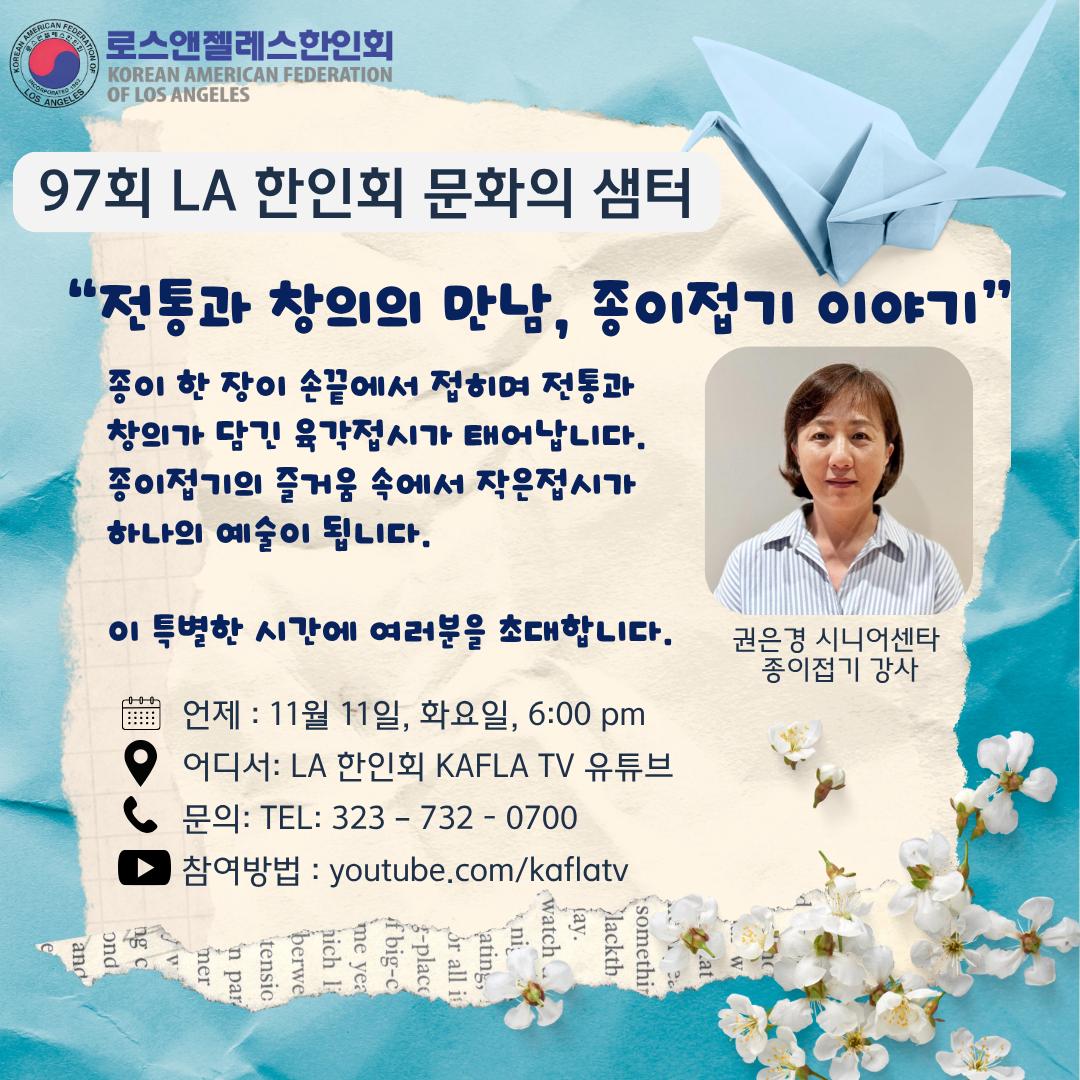 429. “전통과 창의의 만남, 종이접기 이야기”
429. “전통과 창의의 만남, 종이접기 이야기”
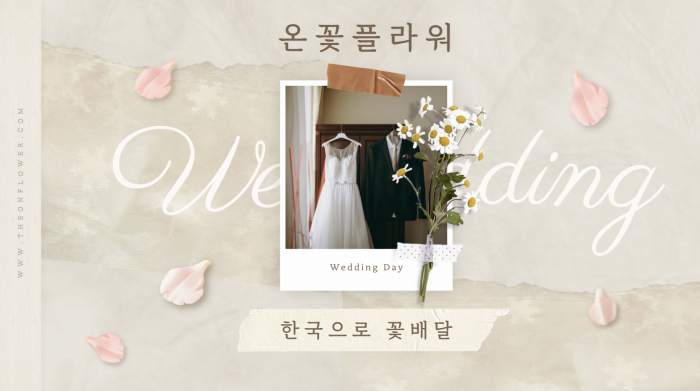 미국에서 한국으로 꽃배달 당일배송 합니다.
미국에서 한국으로 꽃배달 당일배송 합니다.
 슬롯뱅크 여돌닷컴 슬롯박스 맨유 챔스 유로파 리버풀 lg트윈스 중국 김이서 프로그앤벅스
슬롯뱅크 여돌닷컴 슬롯박스 맨유 챔스 유로파 리버풀 lg트윈스 중국 김이서 프로그앤벅스
 [미국 부동산] 부자는 '좋은 집' 보다 돈이 되는 위치를 !!!
[미국 부동산] 부자는 '좋은 집' 보다 돈이 되는 위치를 !!!
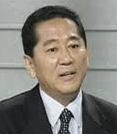 영원한☆방송인의 은퇴
영원한☆방송인의 은퇴
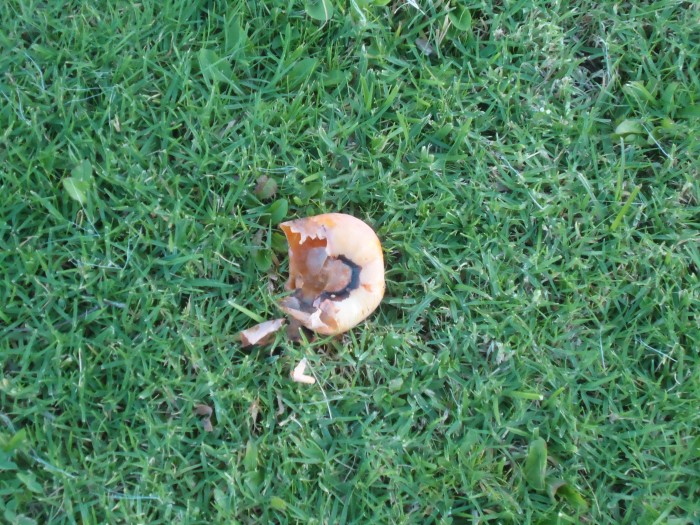 세상사가 모두 그러하던가?
세상사가 모두 그러하던가?
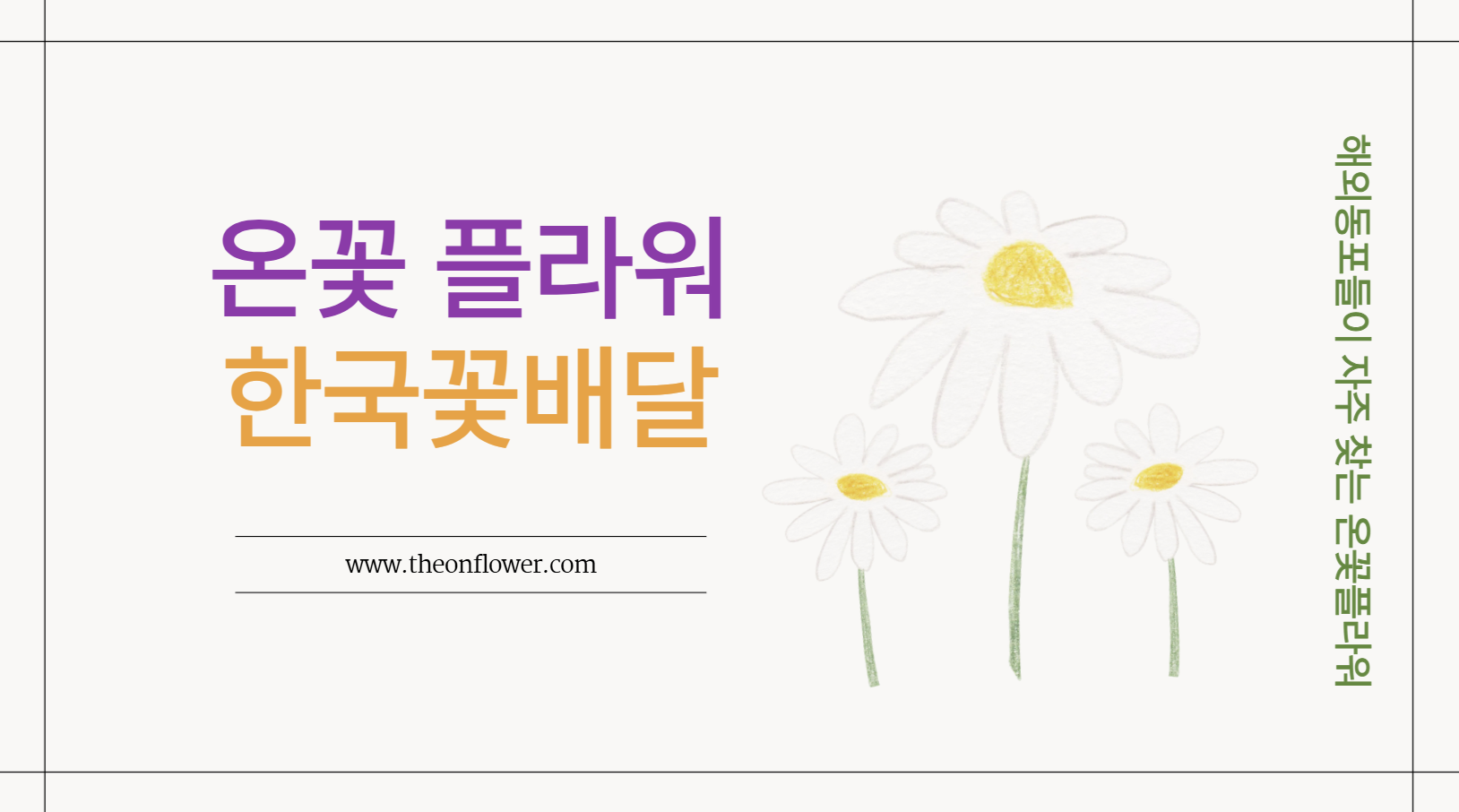 한국으로 꽃배달을 당일 총알 배달해드립니다. 저렴하게 원화로 계산하세요.
한국으로 꽃배달을 당일 총알 배달해드립니다. 저렴하게 원화로 계산하세요.
